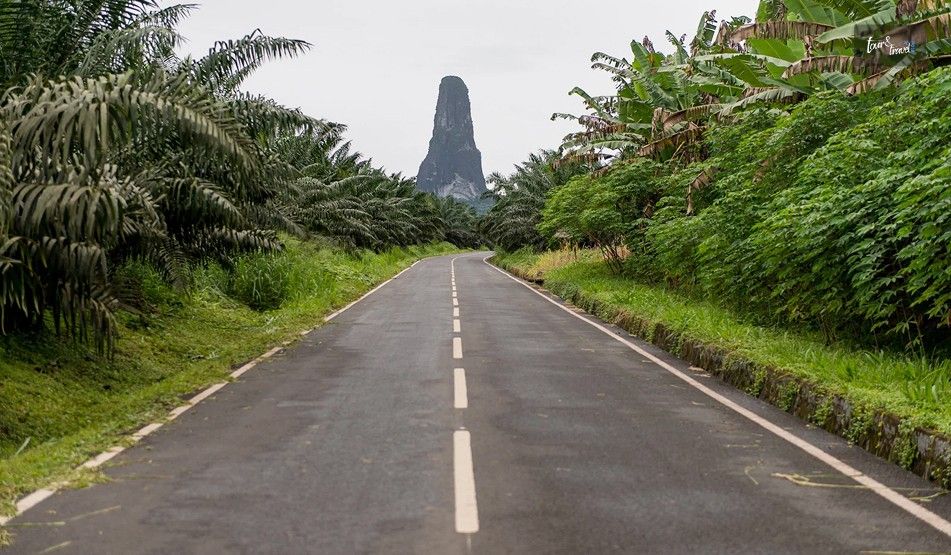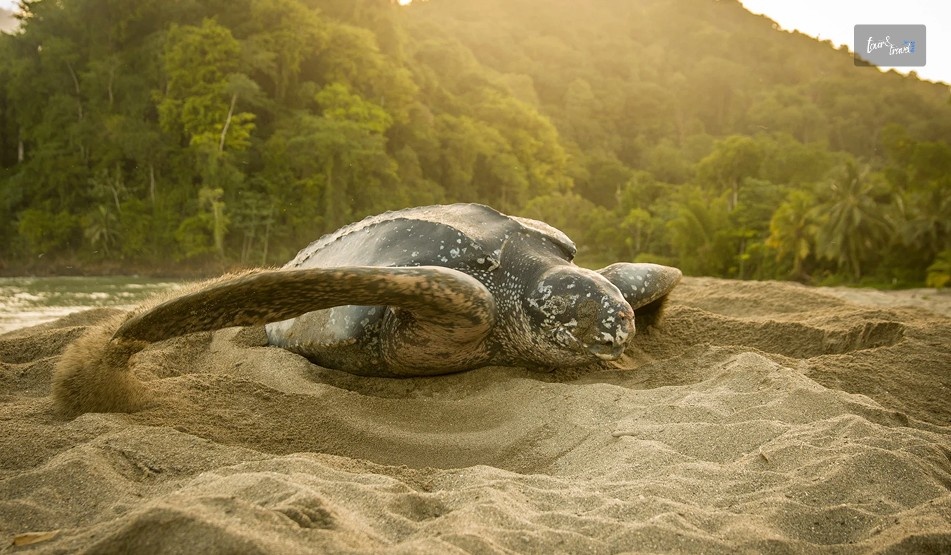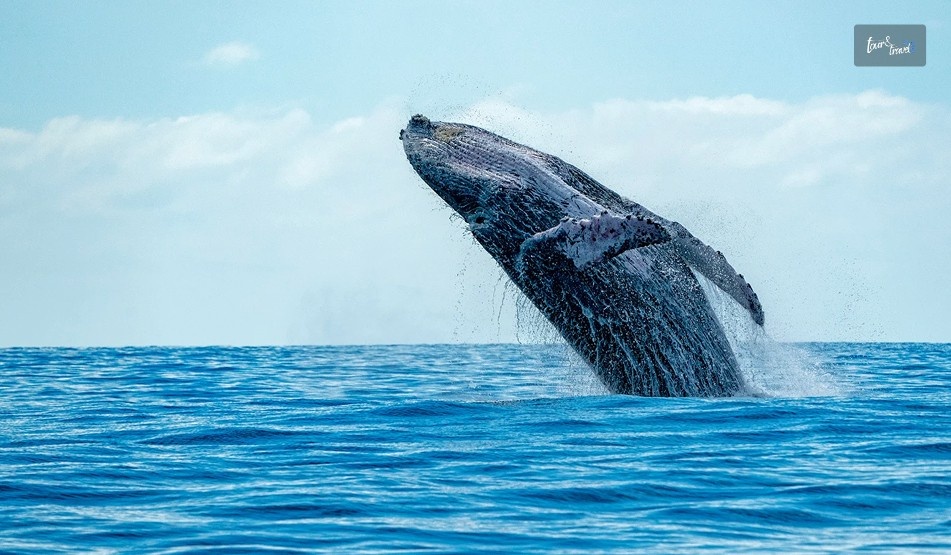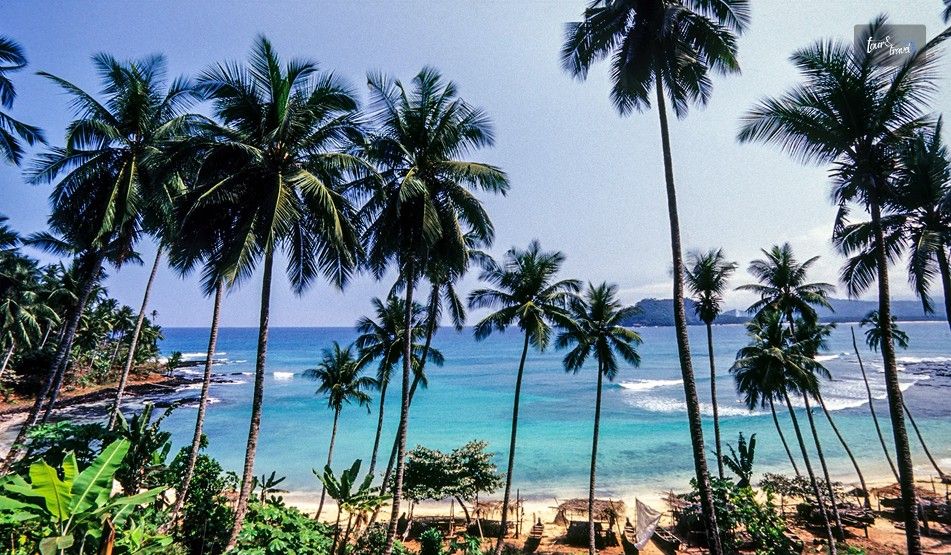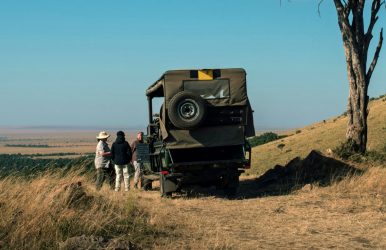What Is Traditional Moroccan Food? (Know Traditional Dishes, Street Food, And More Before A Gastronomic Tour)
BY Sibashree Sep 4, 2025
It was mid-2024, and the best thing happened for the connoisseurs of Moroccan food. Gordon Ramsay revealed that Moroccan food has been voted as the best in the world by Instagram users. There were 2.5 million Instagram votes for Moroccan food. The popular Instagram page Pubity, which had 37 million followers at the time, hosted the competition. Now, food in Morocco is not just about social media buzz. Moroccan cuisine is a reflection of the rich culture, history, and hospitality of the country. Also, every spice used in Moroccan cuisine is like threads of different shades, weaving the most beautiful tapestry of human lives and their way of living. So, it is no wonder that Morocco features on the “UNESCO Representative List of the Intangible Cultural Heritage of Humanity of the Mediterranean diet.” Hi, in this Tour and Travel Blog, we will talk about Moroccan food and the various aspects associated with it. The Key Areas Covered in this Article are: What Is Moroccan Food? 1. Aromatic Spices Used In Moroccan Food 2. The Slow-Cooking Style 3. Bread As The Staple 4. Abundance Of Seafood And MeatWhat Does Moroccan Food Taste Like? Is Moroccan Food Spicy?1. A Savory Base 2. Sweetness 3. Spice 4. Acidity 5. Use Of Herbs And Aromatic IngredientsWhat Are The Best Moroccan Food You Must Try? 1. Couscous 2. Kefta Tagine 3. Harira4. Fish Chermoula 5. B’ssara 6. Zaalouk 7. Shakshuka 8. Taktouka 9. Briouat A Sneak Peek Into Moroccan Street Food1. Makouda 2. Mechoui 3. Msmen Crepes 4. Tkalia A Moroccan Food Itinerary In Morocco Moroccan Food: Frequently Asked Questions (FAQs) What Is Moroccan Food? Well, while doing my research, I came across a report on Elite Plus. There, HE Abderrahim Rahhaly, the Moroccan ambassador to Bangkok, said, “The history of Moroccan cuisine is as sophisticated and diverse as its aromas and flavours are. The Kingdom of Morocco has been a meeting place of many civilizations and dynasties, which largely contributed to making a rich cuisine. Moroccan food reflects the Kingdom’s longstanding history that combines many years of influence of Amazigh, Roman, Phoenician, Carthaginian, and Arab cultures.” Truly, Moroccan cuisine is a wonderful fusion of Arabic, French, and Andalusian influences. The key characteristics of Moroccan food include a slow cooking style, the use of aromatic spices, an abundance of fresh vegetables, seafood, and meat, as well as staples such as bread. Couscous is the national dish of Morocco. Some other popular Moroccan delicacies are chicken tagine, Harira, Pastilla, and Tanjia. 1. Aromatic Spices Used In Moroccan Food Moroccan food has deep and complex flavors. Spices such as saffron, cumin, ginger, turmeric, cinnamon, paprika, and cilantro are used in traditional Moroccan cuisines. 2. The Slow-Cooking Style A tagine is a clay pot with a conical shape. Most traditional Moroccan cuisines are cooked in this clay pot. The slow cooking style makes the meat tender, and it adds more flavors to the sauce. 3. Bread As The Staple Moroccan meals are incomplete without bread. Especially, khobz, or the round Moroccan loaf, is a symbol of quintessential Moroccan hospitality. Also, bread is the main source of nutrition for the majority of Moroccan households. That is why Morocco must take its food safety measures seriously. The Morocco Transforming Agri-food Systems Program of USD 250 million, financed by the World Bank, is such a program that will help small barley and wheat farmers to practice conservation agriculture and adapt to the changing climate conditions. 4. Abundance Of Seafood And Meat Classic Moroccan Fish Tagine or Sardine Balls are examples of recipes that feature copious use of seafood and fish. However, tagines in Morocco mostly have chicken and lamb. Also, in some areas, tagine is prepared using camel meat. What Does Moroccan Food Taste Like? Is Moroccan Food Spicy? Moroccan food is renowned for its perfect balance of sweet and savory flavors. It also has a hint of acidity and the touch of bold flavors such as cinnamon, ginger, saffron, and cumin. While these spices add richness to traditional Moroccan cuisines, the fresh ingredients act as the balancing factors. So, every dish is flavorful and rich in texture, but it is not very spicy. Have a look at the key ingredients used in Moroccan cuisine to know what makes Moroccan food what it is. 1. A Savory Base The savory pastry, tagines, and other traditional dishes are made with meat and vegetables. These have a distinct savory flavor. 2. Sweetness Figs, dates, and apricots are regular in Moroccan cuisine, and they add natural sweetness to the dishes. Furthermore, in some dishes, sugar or honey is also used. 3. Spice As I have already discussed, spices such as cinnamon, cumin, saffron, and paprika build the rich foundation of Moroccan food. These add a rich flavor and aroma to the dish. 4. Acidity Preserved lemons are common in traditional Moroccan dishes, and the tanginess comes from them. 5. Use Of Herbs And Aromatic Ingredients Cilantro and parsley are common herbs in Moroccan food, such as stews and tagines. These add a distinct aroma and flavors in combination with the spices. What Are The Best Moroccan Food You Must Try? Want to experience the best fusion of flavors and aroma? Try these traditional Moroccan dishes. 1. Couscous Couscous is fine wheat pasta made in a stew with meat and vegetables. It is served with a sweet raisin preserve or buttermilk. It is a complete meal. 2. Kefta Tagine Kefta means balls made of minced meat, onions, garlic, parsley, and spices. These balls are cooked in a rich tomato and onion sauce. Also, an egg is added to the gravy when it is almost ready. 3. Harira View this post on Instagram A post shared by Nasim Lahbichi (@lahbco) Chickpeas, lamb, tomato, and lentils are the main ingredients of Harira. It has a cultural significance as it is the dish with which Muslims in Morocco break their fast at Sunset during the holy month of Ramadan. 4. Fish Chermoula Fish Chermoula is grilled fish in Moroccan style. The traditional herbs and spices are used to marinade the fish, and it is then grilled on charcoal. 5. B’ssara View this post on Instagram A post shared by Organic and Fresh Soups (@whatsoupmiami) B’ssara is a breakfast staple in Morocco. It is a rich soup of dried broad beans. It has basic seasoning with olive oil and a hint of cumin. It tastes great with freshly baked bread. 6. Zaalouk Zaalouk is the signature aubergine dip. It has chilli powder, cumin, garlic, and paprika. 7. Shakshuka Shakshuka is a healthy Moroccan dish with a Mediterranean influence. It is believed to be originally from Yemen or Tunisia. A mix of bell peppers, onions, and garlic is cooked in a tomato sauce with spices and then served with a poached egg. 8. Taktouka Taktouka is the traditional Moroccan salad. It has bell peppers, tomatoes, paprika, olive oil, and parsley. It is similar to Shakshuka, but it does not contain egg and has a subtler taste. 9. Briouat Briouat is a traditional Moroccan pastry wrapped with warqa, a Moroccan thin dough. It has a variety of fillings such as chicken, lamb, and beef. The signature spices and herbs add flavors to the pastry, while the cheese mellows it down. Briouat is fried or baked and can be sweet and savory in taste. You will find these pastries in cylindrical or triangular shapes. A Sneak Peek Into Moroccan Street Food We love this Moroccan street food. Do you? 1. Makouda View this post on Instagram A post shared by Amal El Madade (@amalelmadade) It is a staple Moroccan street food. It is deep-fried potato balls. The sweetness of potatoes in this dish is balanced by spicy harissa sauce. 2. Mechoui Mechoui is spit-roasted lamb or sheep. It is slow-cooked in embers or clay ovens and has spices such as cumin and paprika. 3. Msmen Crepes Msmen Crepes are flaky and buttery crepes made of semolina and wheat. It has the filling of honey or cheese. 4. Tkalia View this post on Instagram A post shared by Dave Patera (@dinnerswithdave_) It is a combination of stewed white beans and meat tripe. However, this delicacy has a distinct and strong aroma, which you may not like. A Moroccan Food Itinerary In Morocco Do you want to know where to try traditional Moroccan food in Morocco? Here is our 5-day itinerary of how we explored the food of Morocco. Days Breakfast Lunch Afternoon Dinner Day 1 in Marrakech Msemen, a Moroccan flatbread, with Amlou.Chicken tagine with bread Exploring Jemaa el-Fnaa and trying the street food Lamb tagine with Khobz Day 2 in Essaouira Batbout and a chicken liver sandwich with mint tea Seafood Couscous and grilled sardines Exploring Essaouira’s old port for fresh seafood Mechoui Day 3 in Fes Labech or Moroccan pancake with mint tea Couscous with Seven Vegetables Visiting the ancient Medina of Fes to try Fes-style Mechoui B’stilla Day 4 in Casablanca Kaab el Ghazal, or traditional Moroccan pastry with mint tea Harira Visiting the Corniche and trying deep-fried Briouat pastries Couscous and grilled fish Day 5 in Meknes Baghrir, a Moroccan pancake with honey and butter Zaalouk and bread Exploring Moulay Idriss Zerhoun and trying stuffed sardines Kefta Tagine Moroccan Food: Frequently Asked Questions (FAQs) Here are the frequently asked questions and answers about Moroccan food. 1. Is Moroccan Food Similar To Indian Food? No, Moroccan food is not similar to Indian food, despite the use of similar spices and herbs. Indian food is more complex, and there are a lot of uses of chillies and whole spices.Furthermore, there is an abundant use of vegetables in India, and Moroccan food has very limited use of vegetables, and that too in specific dishes. 2. What Do Moroccans Eat For Breakfast? Moroccans eat khobz, a round loaf, or Msmen, or pancakes with butter and honey for breakfast. Orange juice, mint tea, and yoghurt often accompany them. 3. Is Morocco Halal Food? Yes, Morocco is an Islamic country. So, most food items available here are halal. Furthermore, consumption of pork and alcohol is usually avoided here to respect religious beliefs. 4. Is Morocco Vegetarian-Friendly? Yes, despite meat and seafood being staples, Morocco is a vegetarian-friendly country. You can have vegetable tagines and couscous here.However, Essaouira and Marrakech are the places where vegetarian food is easily available. 5. What Did Gordon Ramsay Say About Moroccan Food? Gordon Ramsay said that Moroccan cuisine is the best in the world according to an Instagram voting conducted in 2024. Moroccan food got 2.5 million votes in that contest. Read Also: Navigating Coastal Cuisine: A Traveler’s Guide To Safer Seafood Choices Boat Trips And Czech Cuisine: A Taste Of Prague’s Culinary Delights Unlocking The Secrets: Key Ingredients In Italian Cuisine

